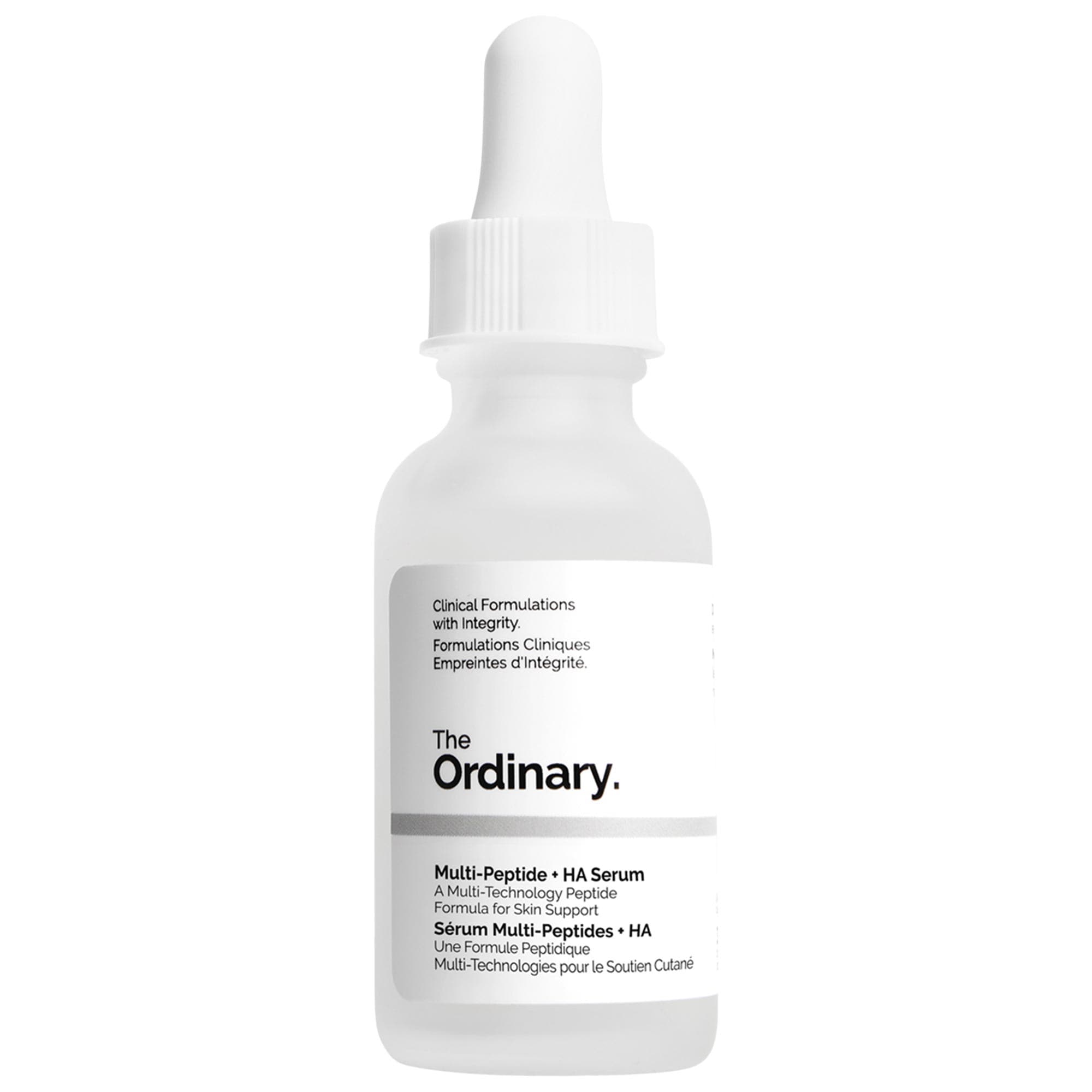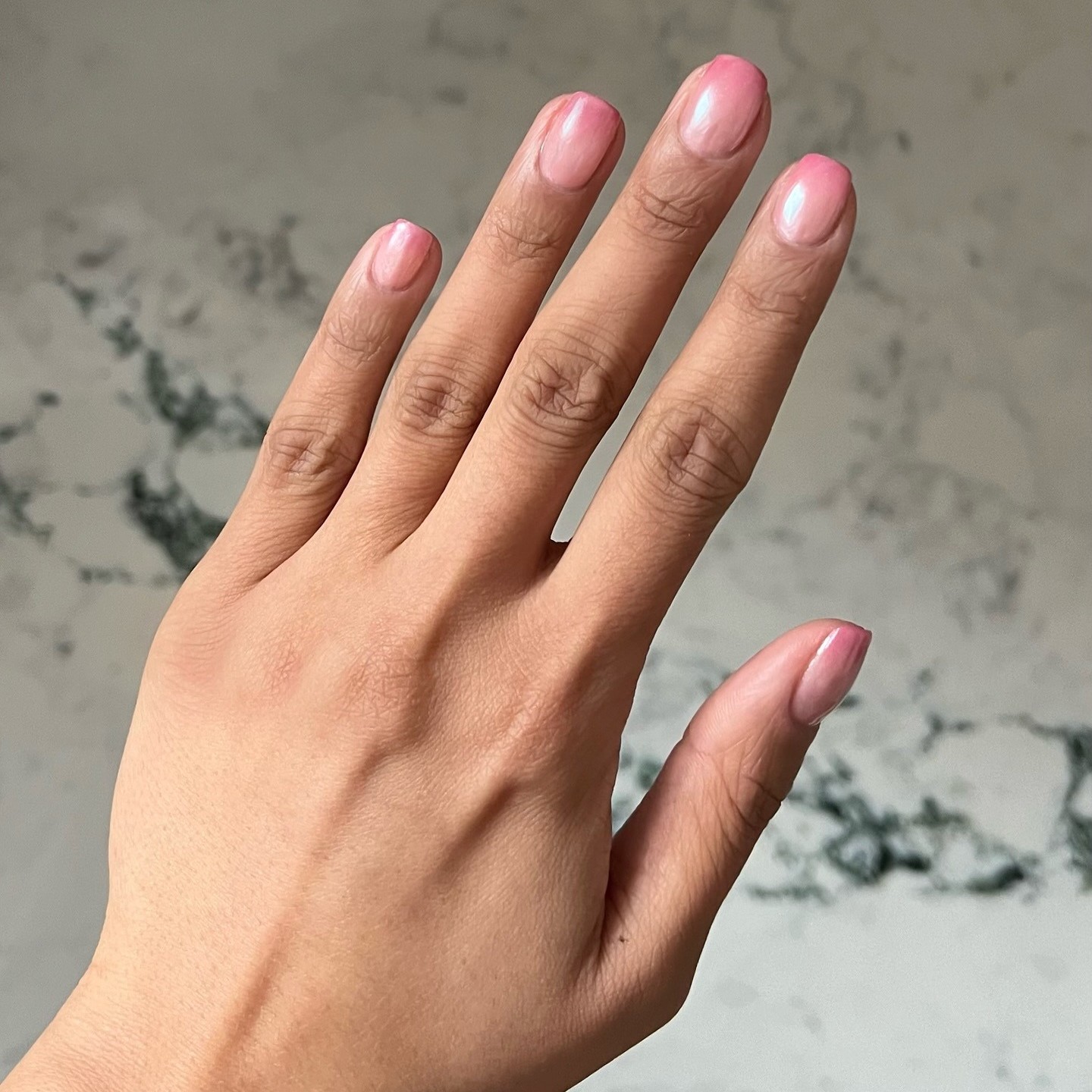No, You're Not Imagining It—Here's Why Your Botox Results Aren't Lasting as Long as They Used To
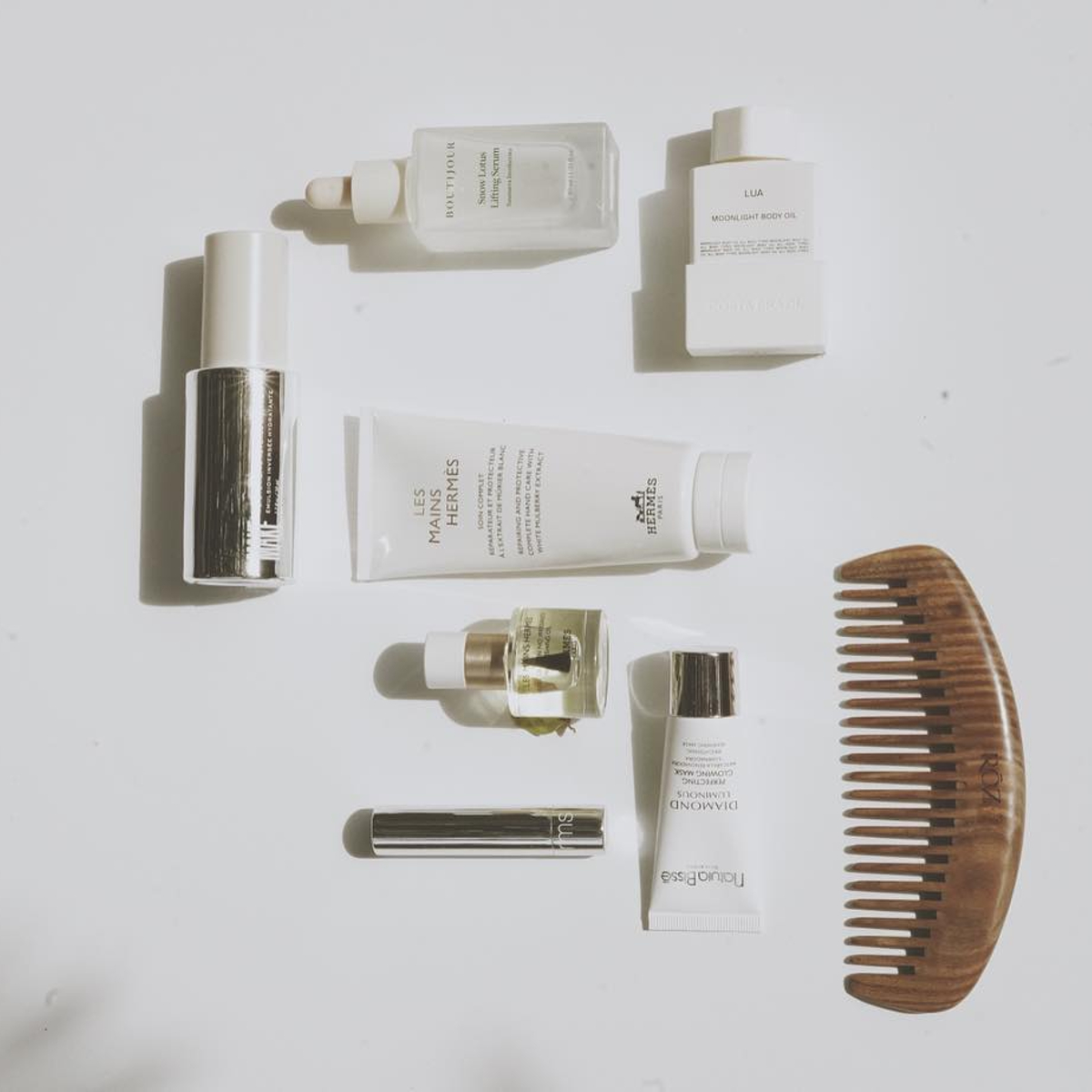
If you're like me and have noticed your injectables haven't been lasting as long as they used to, then you're going to want to listen up. While I'll admit that it's probably a good thing that your body is filtering out the neurotoxin at a faster rate (that means things are working properly), it's frustrating when your results start to fade after just two or so months. For me, I noticed that even treatment options like Daxxify (which is designed to last longer than Botox) started to wear off after a few months, and that's when I truly started to get frustrated.
I turned to a dermatologist for some answers. I knew I couldn't be the only one experiencing this, so I asked about why this happens and what we can do about it. Keep scrolling—board-certified dermatologist and cosmetic surgeon Saami Khalifian shared some insight and tips.
What Causes Your Injectables to Fade Quicker?
First, Khalifian offered a bit of insight on why your injectable results aren't lasting as long as they used to. It's due to something called immunogenicity. Immunogenicity is the ability of a substance to cause the body to produce an immune response. In relation to injectables, your body's immune system recognizes the injected neurotoxin as a foreign substance and responds by producing antibodies against it. "These antibodies can neutralize the effects of the treatment, rendering it less effective over time," he explains.
He also shares that immunogenicity can present in two ways. Sometimes, it just means your results won't last as long as they used to; other times it means that you'll need significantly more neurotoxin to achieve the same outcome. "[It's] mostly observed in patients who have been receiving neurotoxin injections for many years, especially those who receive frequent high doses of both aesthetic and therapeutic treatments (such as for migraines, excessive sweating, etc.)," he shares.
Personally, I noticed that my results weren't lasting as long after getting injectables just a few times—this would explain why that happened. Although it's annoying, like I said above, it's definitely a good sign that your body's immune system is doing its job.
How to Combat Immunogenicity

While triggering an immune response might be unavoidable in some cases, Khalifian still has some tips on what you can do to help combat this. He recommends scheduling all of your injectable appointments in a single session. This reduces the frequency of exposure, and it will be less likely to trigger a significant immune response. "Spacing treatments out over multiple appointments within a short time period increases the frequency of exposure, which can trigger a stronger immune response—much like how booster vaccines work," he explains. For this reason, he also recommends avoiding treatments like "baby Botox," which use smaller, more frequent injections.
If you receive injectables for excessive sweating or masseter treatments for TMJ, he suggests booking them on the same day as any cosmetic facial treatments so you don't have to get another injection for at least three months.
If you are showing any signs of neurotoxin resistance, Khalifian also says it might be time for a "treatment holiday." He says, "Pausing your injections for six to 12 months will enable the body’s immune response to reset, allowing the neurotoxin to work more effectively when reintroduced," he explains. He also recommends other aesthetic treatments like laser facials or biostimulators like Sculptra to patients who are experiencing immunogenicity because these can help you maintain a youthful appearance while avoiding injectables.
For a few skincare picks that are almost as good as injectables, keep reading below. I'm sharing a few of my faves ahead.
Skincare Products That Are Almost as Good as Injectables

I know this serum is pretty pricey, but it's got growth factors, peptides, and other ingredients that support the repair functions of the skin.
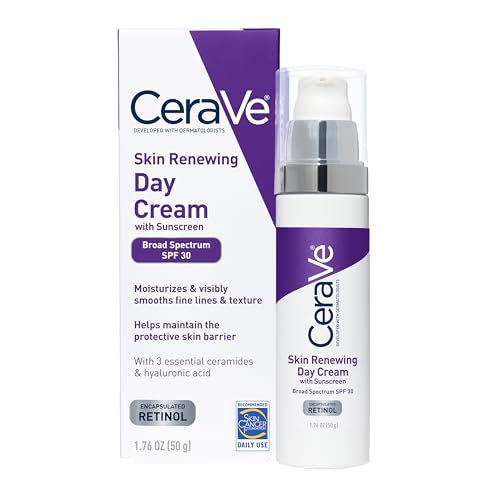
If your budget doesn't allow for a splurge, CeraVe's suite of drugstore products provide everything your skin needs to stay healthy and youthful. It contains powerhouse youth-enhancing ingredients like hyaluronic acid, ceramides, and retinol.

This is another great youth-enhancing serum from Symbiome that an aesthetician once told me is like "Botox in a bottle." This one also features a hefty dose of growth factors, peptides, and exosomes that smooth fine lines and wrinkles while lightening dark spots.
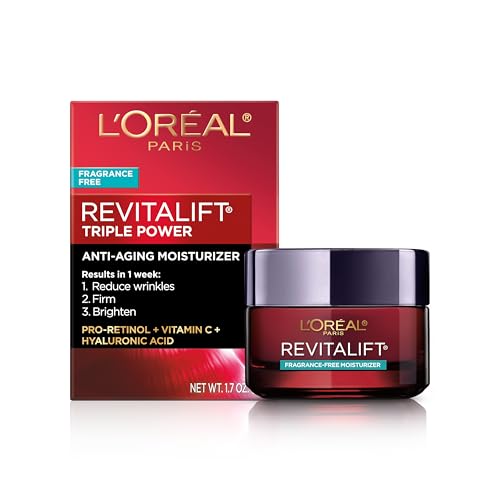
This fragrance-free option from L'Oréal contains retinol, vitamin C, and pro-retinol—three ingredients known to plump skin, increase collagen production, and fade dark spots.

This serum is a favorite among dermatologists. Many that I've worked with have recommended it to me and even told me they use it themselves. It's a skin-rejuvenating serum with DNA-repairing enzymes, peptides, antioxidants, and other ingredients that act as a great retinol alternative. The brand even describes it as "microneedling in a bottle."
Shawna Hudson is a beauty, wellness, lifestyle, and travel writer with over 10 years of experience. She graduated from California State University, Fullerton, with a degree in journalism and has written for other publications such as Bustle, The Zoe Report, Byrdie, Elite Daily, and more. She is currently a beauty writer at Who What Wear and hopes to continue feeding her (completely out-of-control) beauty obsession as long as she can. Stay up to date on her latest finds on Instagram @shawnasimonee.
-
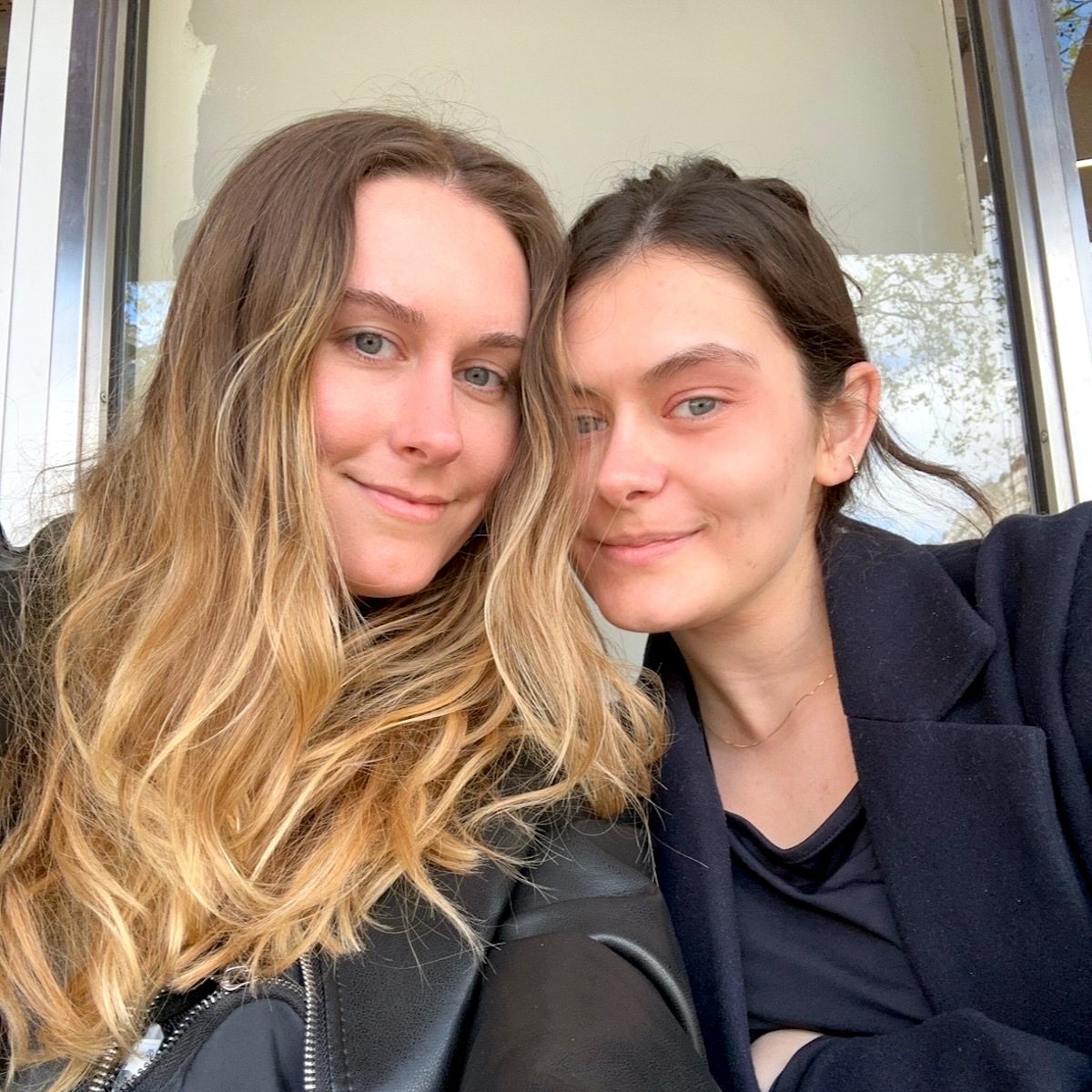 My Sister and I Have Opposite Skin Types, But These Products *Magically* Work for Both of Us
My Sister and I Have Opposite Skin Types, But These Products *Magically* Work for Both of UsThese are our "unicorn" products.
By Kaitlyn McLintock
-
 I Polled Our Editor Slack Channel—10 French Beauty Products We’d Buy From Ulta’s Spring Sale
I Polled Our Editor Slack Channel—10 French Beauty Products We’d Buy From Ulta’s Spring SaleBy Alyssa Brascia
-
 5 Underrated Pillars of Youthful and Glowing Skin, According to Zendaya's Facialist
5 Underrated Pillars of Youthful and Glowing Skin, According to Zendaya's FacialistI'm taking so many notes.
By Shawna Hudson
-
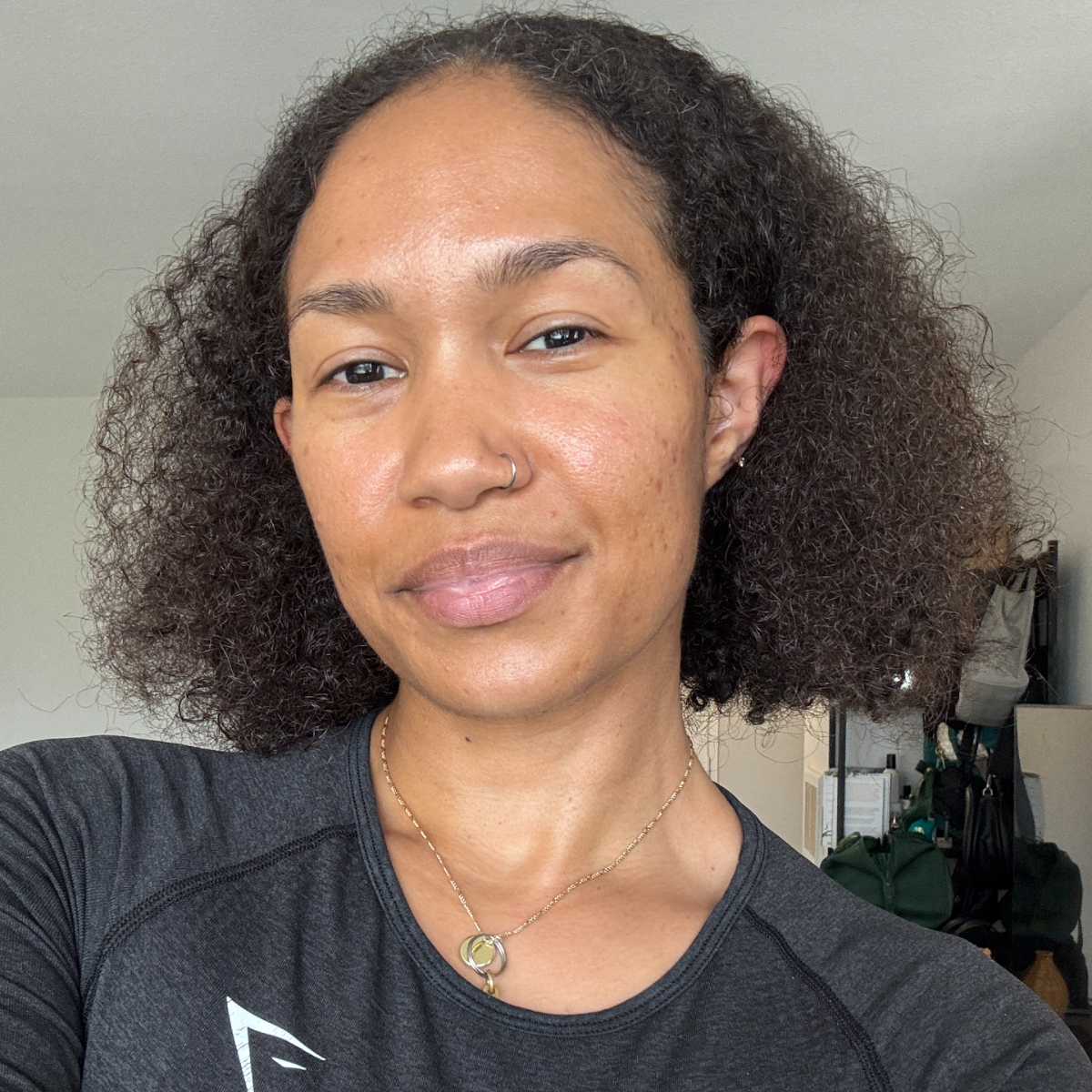 Aestheticians on Instagram Can't Stop Raving About This Acne-Clearing Serum, so I Tried It
Aestheticians on Instagram Can't Stop Raving About This Acne-Clearing Serum, so I Tried ItIt's perfect for sensitive skin.
By Shawna Hudson
-
 I Just Visited the Rainforest—These Were the Beauty Products That Proved Essential
I Just Visited the Rainforest—These Were the Beauty Products That Proved EssentialTravel dryness? I don't know her.
By Shawna Hudson
-
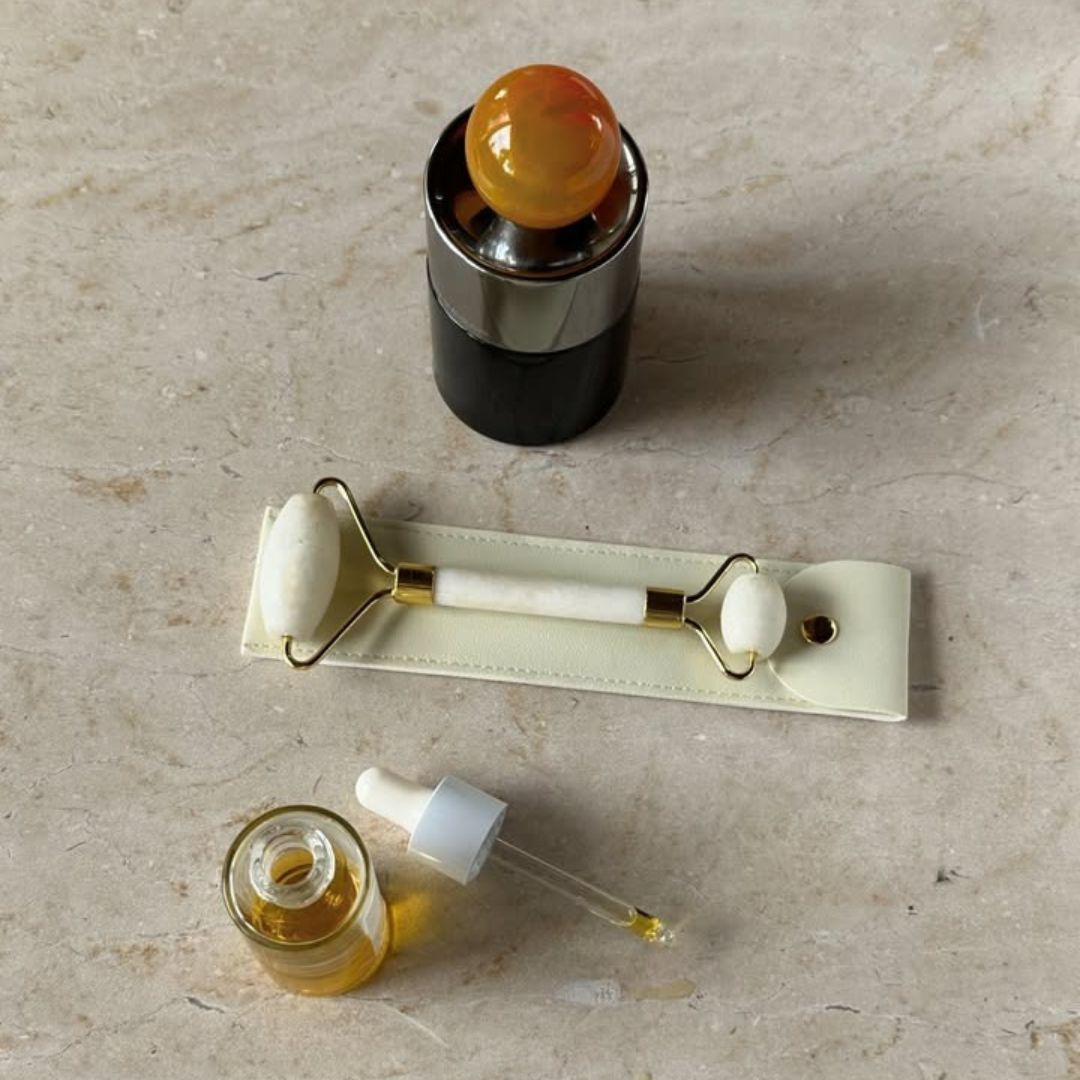 The Numbers Don't Lie—WWW Readers Shop These 11 Products the Most, and They're on Sale RN
The Numbers Don't Lie—WWW Readers Shop These 11 Products the Most, and They're on Sale RNSaving on your faves is basically a profit… It's girl math.
By Alyssa Brascia
-
 Chic Londoners Love This Ultra-Light Moisturizer, and No Lie, It Saved My Angry Winter Skin
Chic Londoners Love This Ultra-Light Moisturizer, and No Lie, It Saved My Angry Winter SkinIts key ingredient changed everything.
By Alyssa Brascia
-
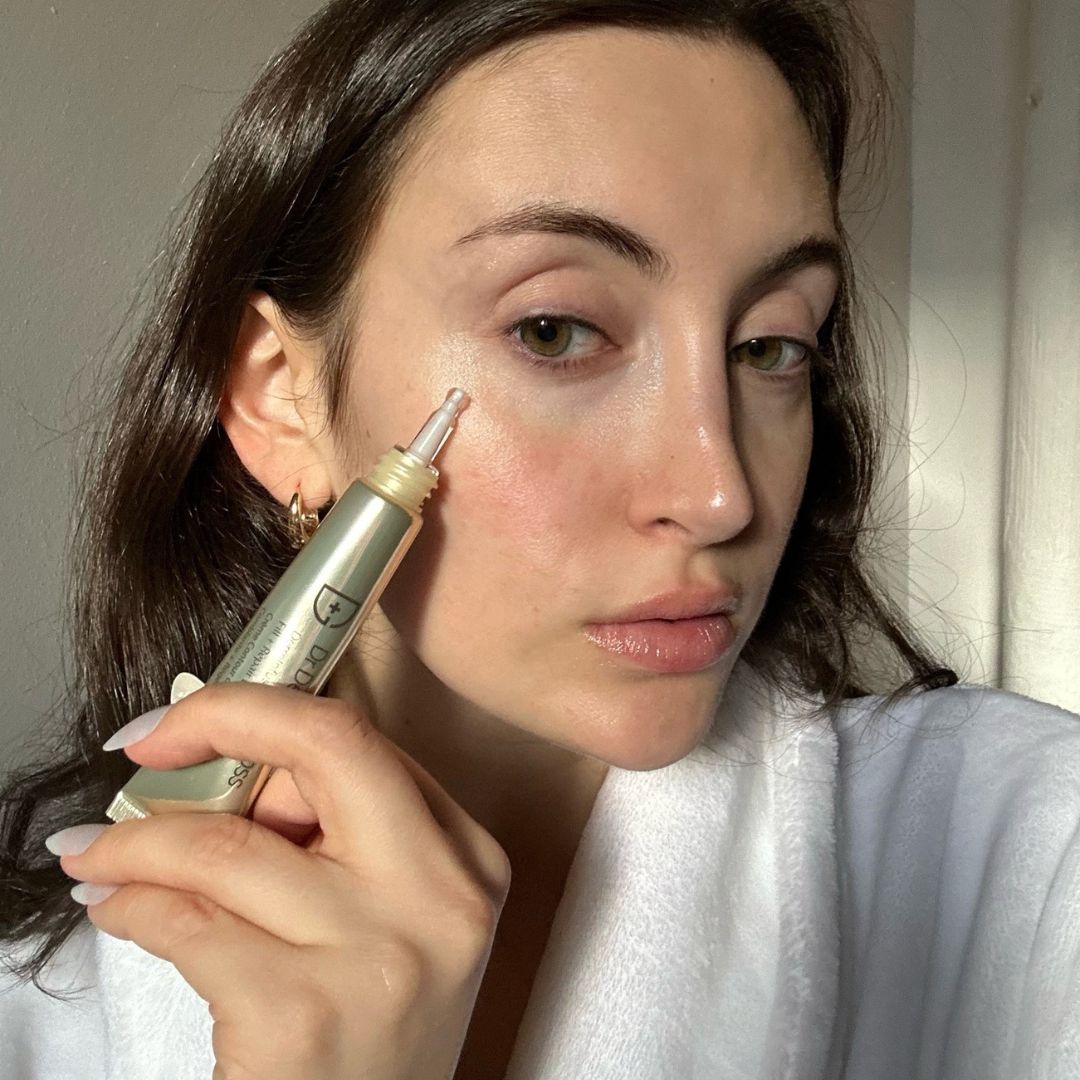 Cancel Your Filler Appointment—This Derm-Developed Eye Cream Is Your Needle-Free Alternative
Cancel Your Filler Appointment—This Derm-Developed Eye Cream Is Your Needle-Free AlternativeI can’t believe my eyes (pun intended).
By Alyssa Brascia
